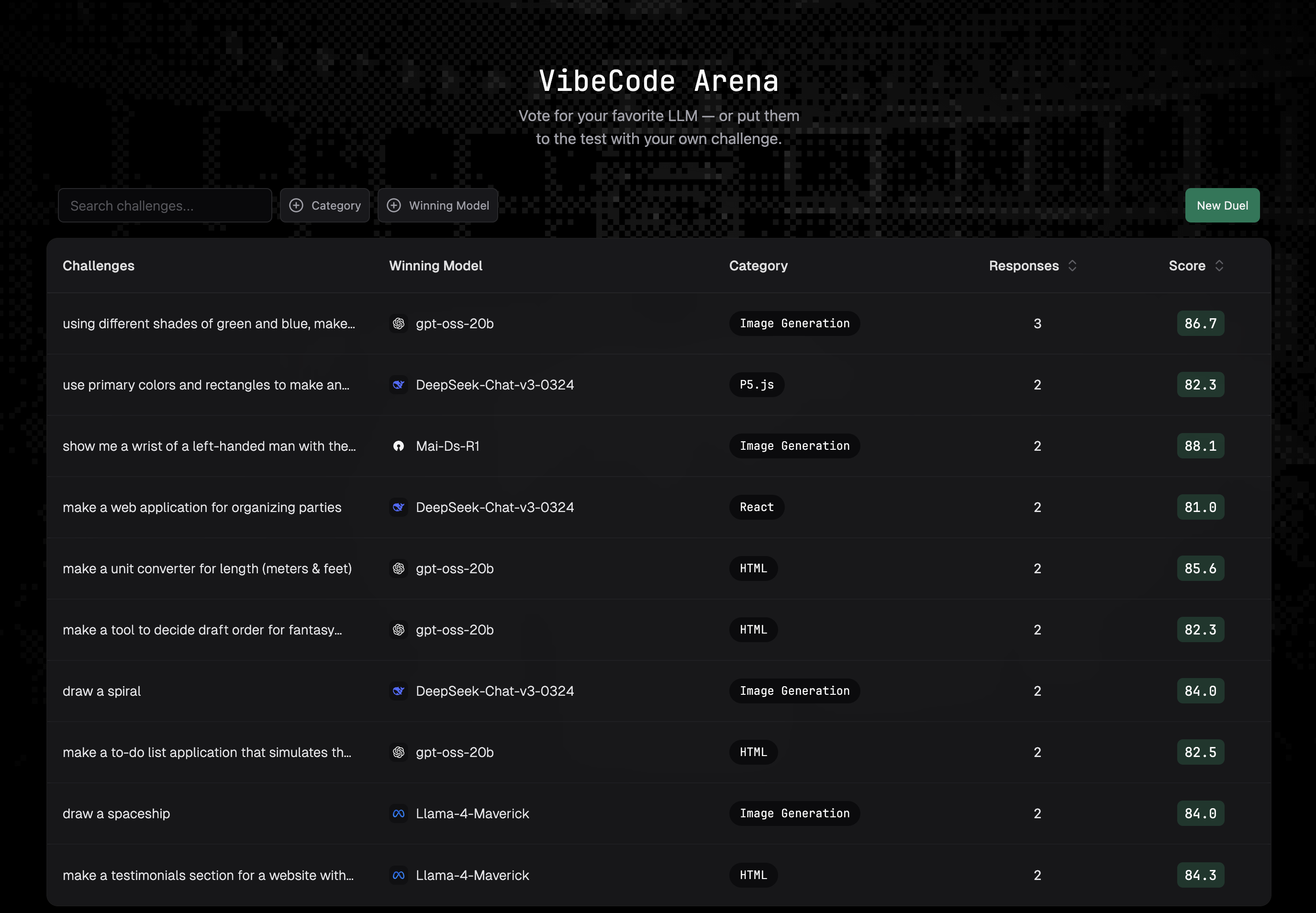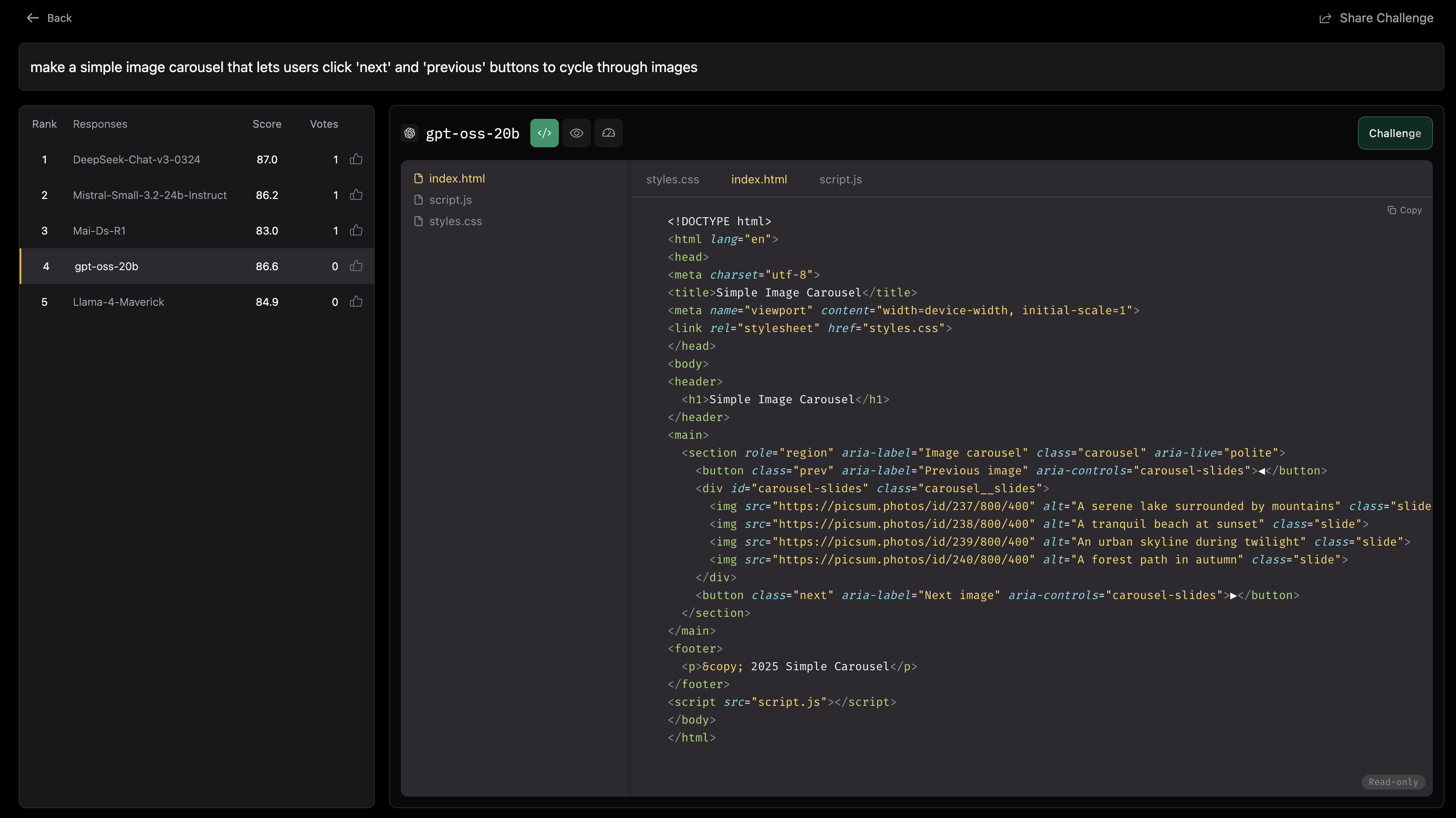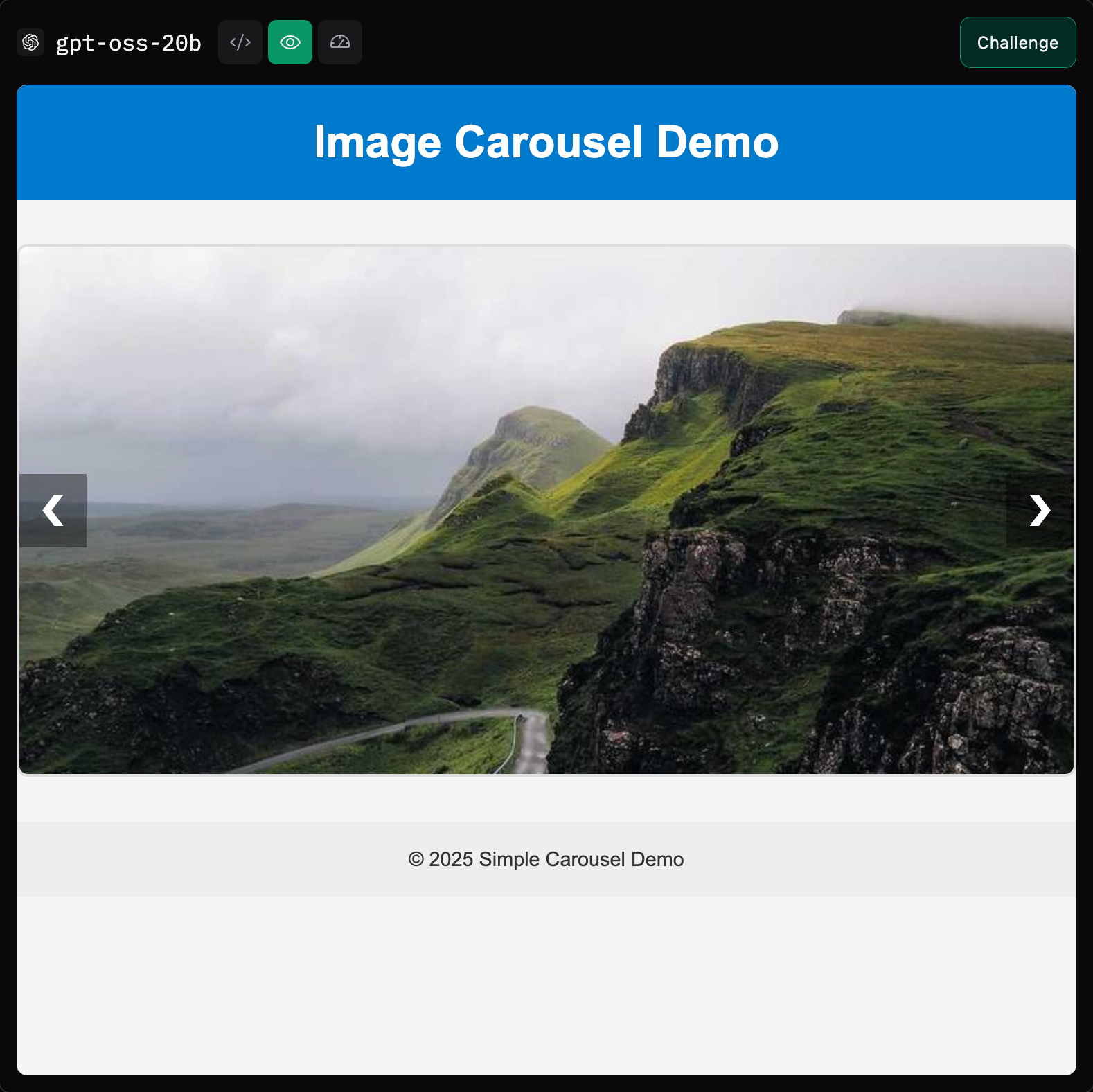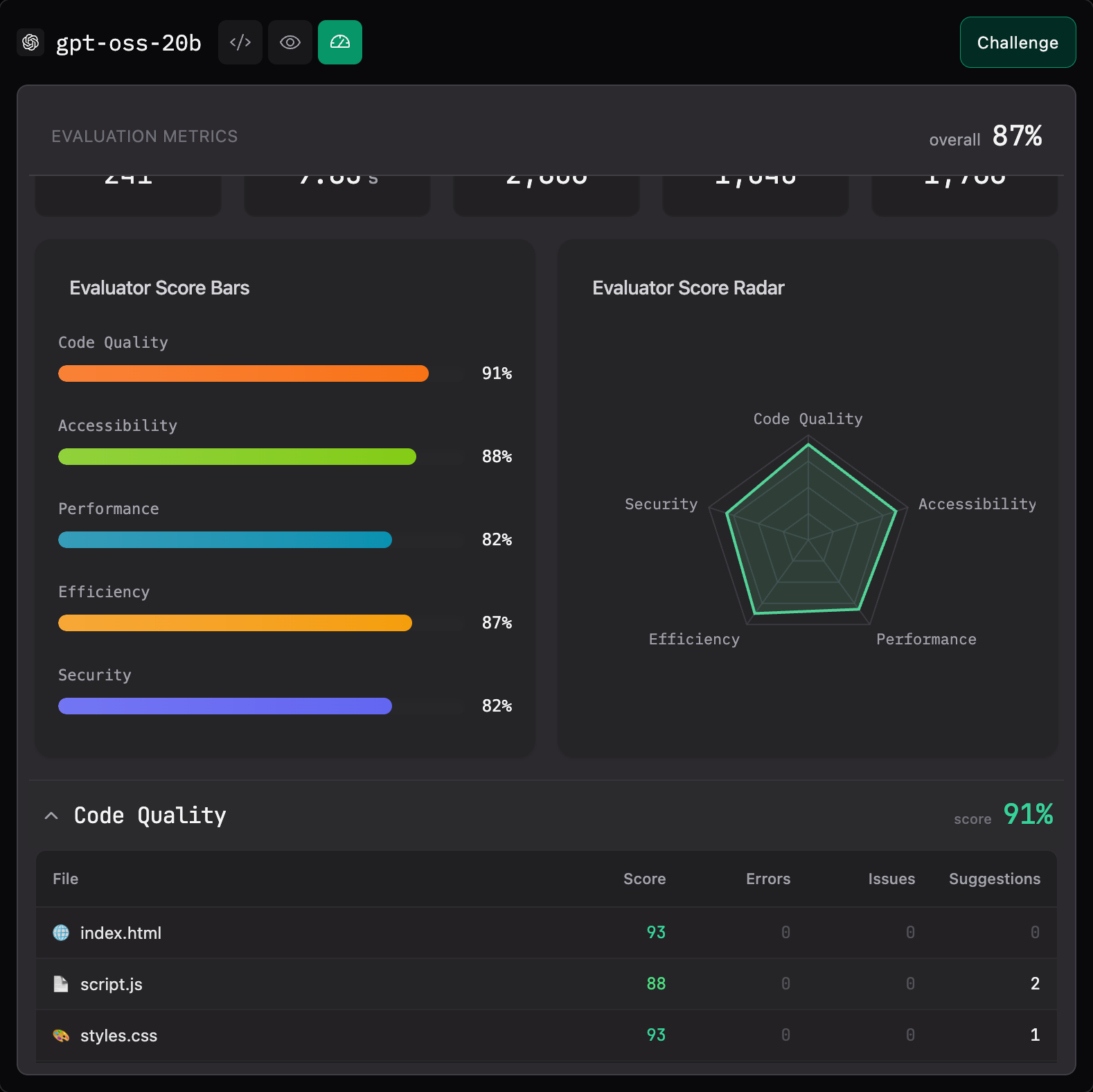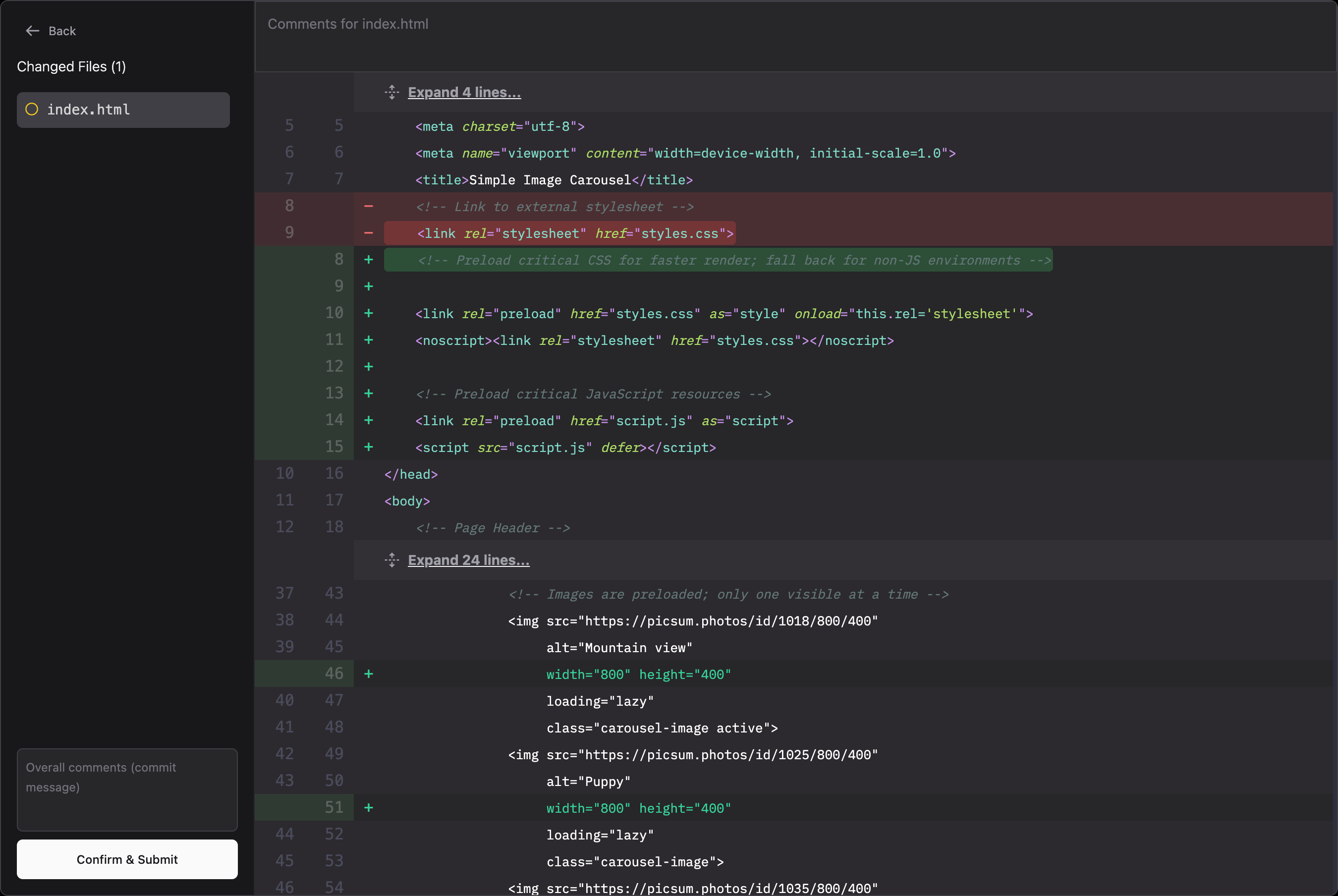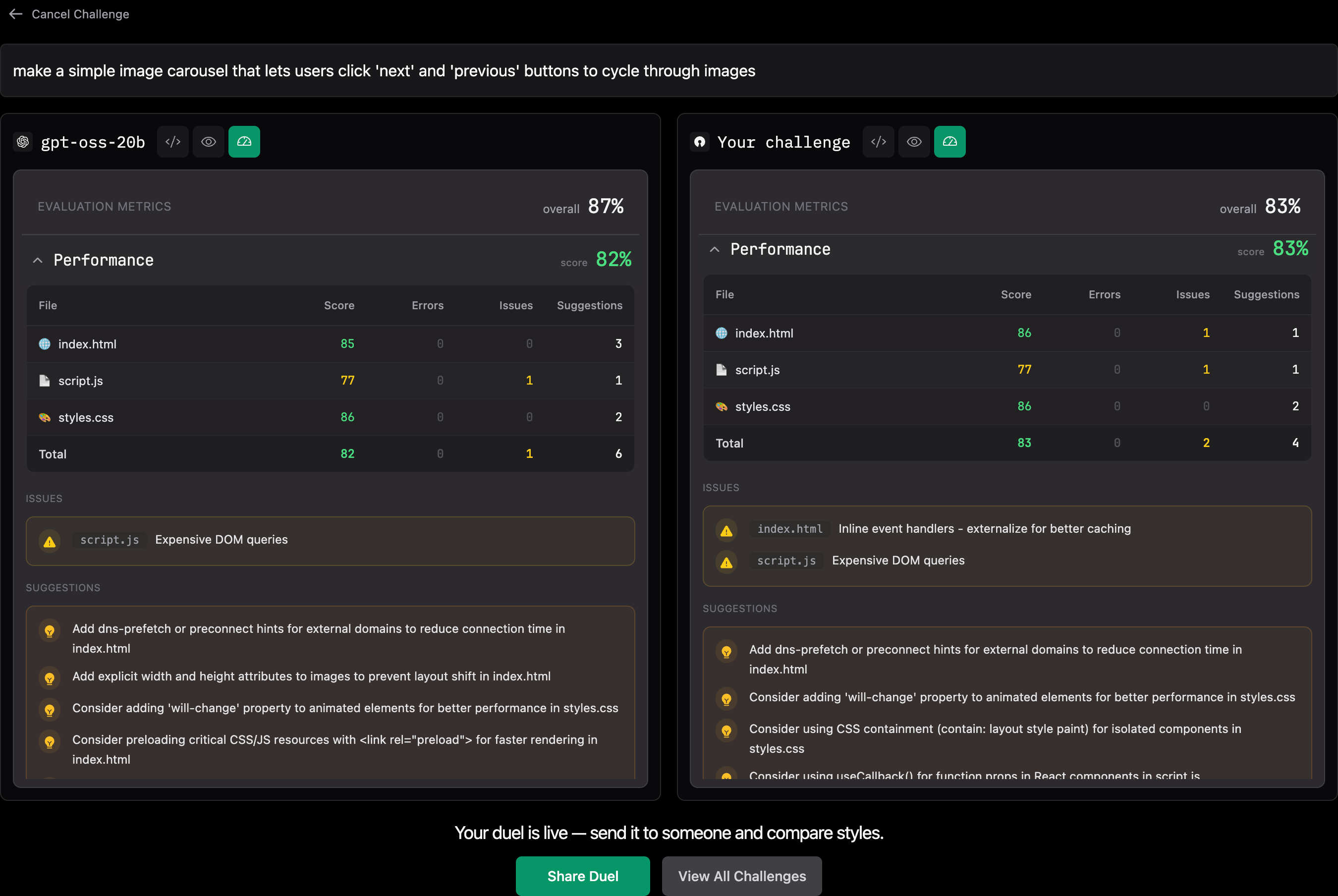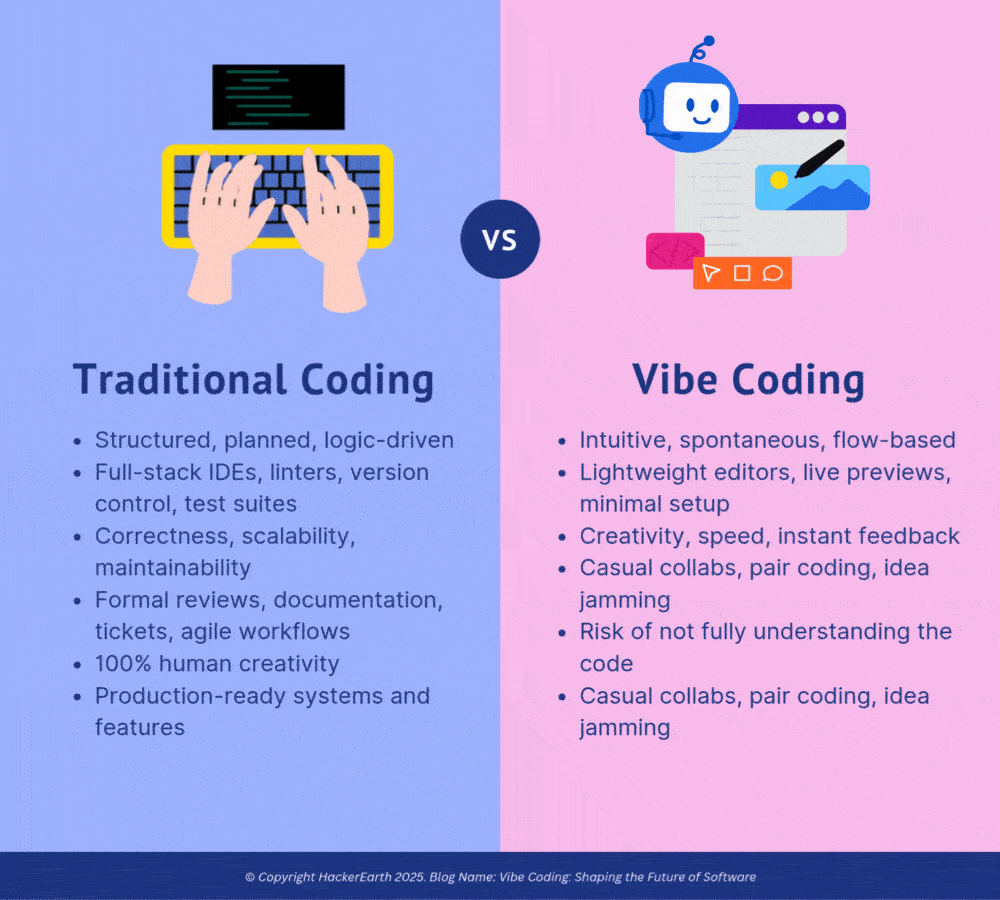Whiteboard interviews have traditionally been a go-to method for evaluating technical candidates. However, as hiring practices evolve, more companies are questioning their validity and fairness. While these interviews aim to test a candidate’s problem-solving and coding abilities, they often fail to reflect real-world scenarios and can create unnecessary barriers for talented professionals.
Here’s a detailed look at why whiteboard interviews are falling short, supported by alternative methods that deliver better results for technical hiring.
Why whiteboard interviews will always fall short
1. Lack of real-world relevance
Whiteboard interviews often focus on theoretical questions that do not reflect the practical challenges developers face in their daily work. For example, while solving algorithmic puzzles might demonstrate logical thinking, it doesn’t showcase skills like debugging, optimizing performance, or integrating APIs. These are far more relevant in a real-world tech role.
Illustration: A company might ask candidates to write a quicksort algorithm on a whiteboard, but in reality, most developers would use pre-built library functions for such tasks and focus their time on solving more complex application-specific problems.
Whiteboard interviews also fail to consider the collaborative nature of modern software development. Engineers work in teams, consult documentation, and use advanced tools to troubleshoot and innovate—none of which are accounted for in a whiteboard setting.
2. Encourages rote memorization
Instead of evaluating problem-solving skills or creativity, whiteboard interviews tend to reward candidates who can recall academic concepts under pressure. This approach prioritizes “textbook” knowledge over practical application.
Example: A front-end developer might ace a whiteboard question on JavaScript promises but fail to demonstrate their expertise in real-world scenarios like debugging asynchronous behavior in a live application.
3. Bias in evaluation
Whiteboard interviews often amplify implicit biases in hiring. For instance, a candidate who performs confidently in a live, high-pressure environment may appear more competent, even if their technical skills are weaker than another candidate who struggles with anxiety in the same situation.
Bias also creeps in during subjective evaluations. Interviewers might unconsciously favor candidates whose thought processes align with their own, penalizing those who approach problems differently but could bring unique perspectives to the role.
Case in point: Studies show that women and candidates from underrepresented groups often underperform in whiteboard interviews due to heightened stress or lack of familiarity with the format, even when they possess exceptional technical abilities.
4. Misses soft skills and collaboration
Whiteboard interviews completely ignore critical soft skills like communication, teamwork, and adaptability—traits that are vital for success in modern tech environments. Technical brilliance is rarely enough; candidates must also demonstrate the ability to work cohesively with diverse teams and adapt to rapidly changing project requirements.
5. Lack of iterative problem-solving
In real-world development, engineers solve problems iteratively, relying on feedback and testing their solutions. Whiteboard interviews, however, demand perfect solutions in one attempt, disregarding how candidates approach debugging or refining their work.
Better alternatives to whiteboard interviews your team needs to use now
Modern hiring practices focus on assessing candidates in realistic environments, ensuring evaluations are fair, inclusive, and relevant to the role. Here are some effective alternatives:
1. Hands-on coding assessments
HackerEarth’s coding assessments allow candidates to solve real-world problems in a familiar coding environment. Recruiters can test skills like debugging, optimizing algorithms, or building scalable solutions, providing a clearer picture of job readiness.
Example: Instead of asking candidates to write pseudocode for a sorting algorithm, HackerEarth enables recruiters to test how candidates optimize database queries or fix broken code in real time.
2. Take-home projects
Assigning take-home assignments allows candidates to solve problems on their own time using the tools they’re accustomed to. These projects simulate actual job responsibilities and give recruiters a better sense of a candidate’s technical depth.
3. Pair programming interviews
Pair programming sessions involve working collaboratively on a coding task with an interviewer. This method assesses not only technical skills but also a candidate’s ability to communicate, accept feedback, and collaborate in real-time.
4. Virtual hackathons
Hackathons hosted on platforms like HackerEarth engage candidates in problem-solving while mimicking real-world challenges. They provide insights into creativity, teamwork, and technical expertise, all while offering a more enjoyable candidate experience.
Case study: A tech startup used a HackerEarth hackathon to replace traditional interviews. Candidates worked in teams to solve live problems, and the top performers were hired for their ability to think critically and collaborate effectively.
5. Role-specific assessments
Instead of relying on generic whiteboard tasks, focus on role-specific challenges. For example, assess a backend developer’s ability to design scalable APIs or a front-end developer’s expertise in creating responsive UI components. HackerEarth’s assessment platform allows recruiters to customize tasks for any technical role.
The role of HackerEarth in skill-first tech hiring
HackerEarth enables organizations to move beyond outdated hiring methods like whiteboard interviews by adopting a skill-first hiring philosophy—a process that focuses on what candidates can do rather than how they perform under artificial, high-stakes scenarios.
Skill-first hiring with HackerEarth
- Real-world simulations:
HackerEarth provides coding assessments that mimic actual job responsibilities, allowing candidates to demonstrate their skills in solving real-world problems. For example, a back-end developer might be tasked with designing a scalable API, while a DevOps candidate could work on a task requiring CI/CD pipeline configuration. - Diverse assessment types:
From debugging challenges to take-home projects, HackerEarth allows recruiters to evaluate candidates holistically. By incorporating tests for coding, database management, or even domain-specific tasks, HackerEarth ensures candidates are assessed on what truly matters. - Bias-free evaluations:
HackerEarth’s anonymized assessments remove identifiers like name, gender, and educational background, ensuring that hiring decisions are based solely on skill and performance. This approach promotes diversity and inclusion, helping companies build stronger, more innovative teams.
Empowering collaboration and adaptability
HackerEarth also supports collaborative hiring practices, such as pair programming assessments and virtual hackathons, where candidates solve challenges in a team environment. This not only highlights their technical expertise but also evaluates how well they communicate, adapt to feedback, and contribute to group problem-solving—critical traits for thriving in modern tech roles.
Case Study: L&T Infotech leveraged HackerEarth to conduct collaborative assessments for their global tech hiring drive. By testing candidates in realistic scenarios, they identified top talent faster and achieved a 40% improvement in time-to-hire.
Data-driven hiring insights
HackerEarth’s platform provides detailed performance analytics, allowing recruiters to pinpoint a candidate’s strengths and areas for improvement. Metrics like code efficiency, logical thinking, and adaptability are captured, ensuring that the most qualified candidates are selected for the role.
Beyond coding: soft skill assessment
HackerEarth doesn’t stop at technical skills. It also enables recruiters to assess communication, critical thinking, and leadership potential through non-coding challenges and custom evaluations. This holistic approach ensures that candidates meet both the technical and cultural requirements of the role.
HackerEarth is leading the transformation of technical hiring by eliminating outdated practices like whiteboard interviews. Its tools and methodologies focus on skill-first hiring, ensuring candidates are evaluated in environments that reflect actual work conditions. By integrating HackerEarth into their recruitment process, companies have been able to hire faster, reduce biases, and build teams that are not only technically competent but also equipped to collaborate, adapt, and succeed.
So, if you too are ready to improve your TTH and adopt a skill-first hiring strategy, book your demo here!








